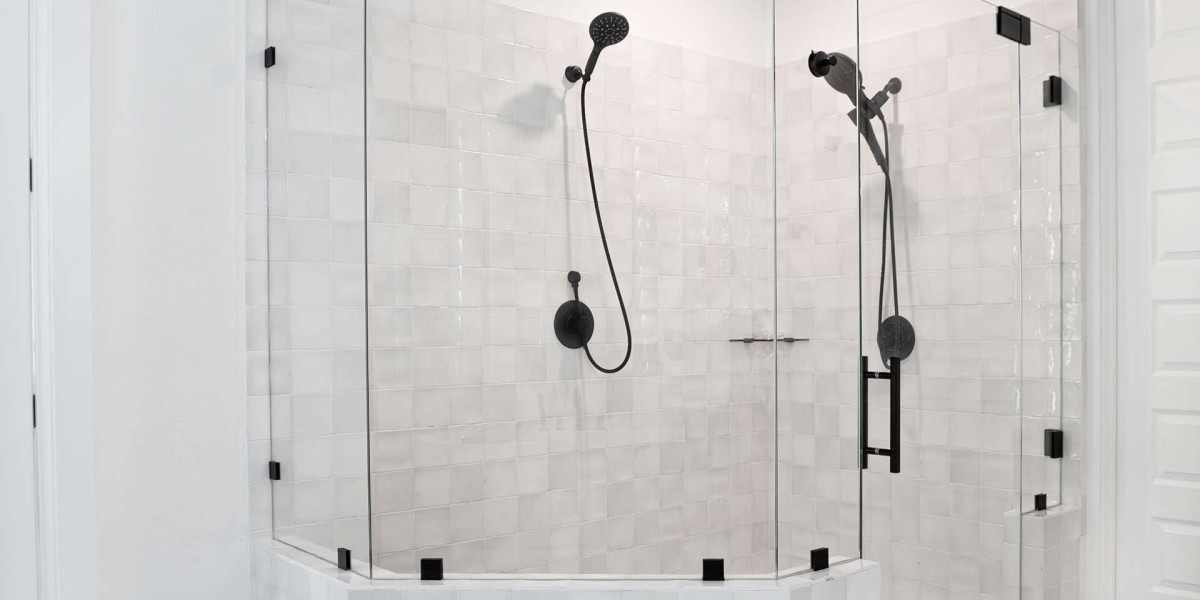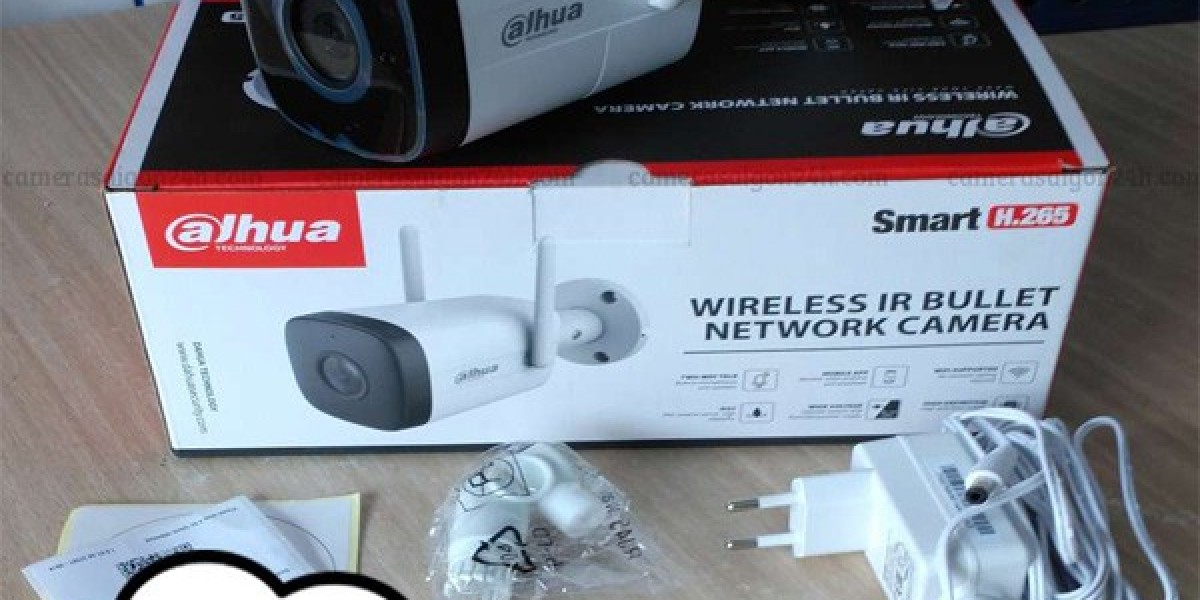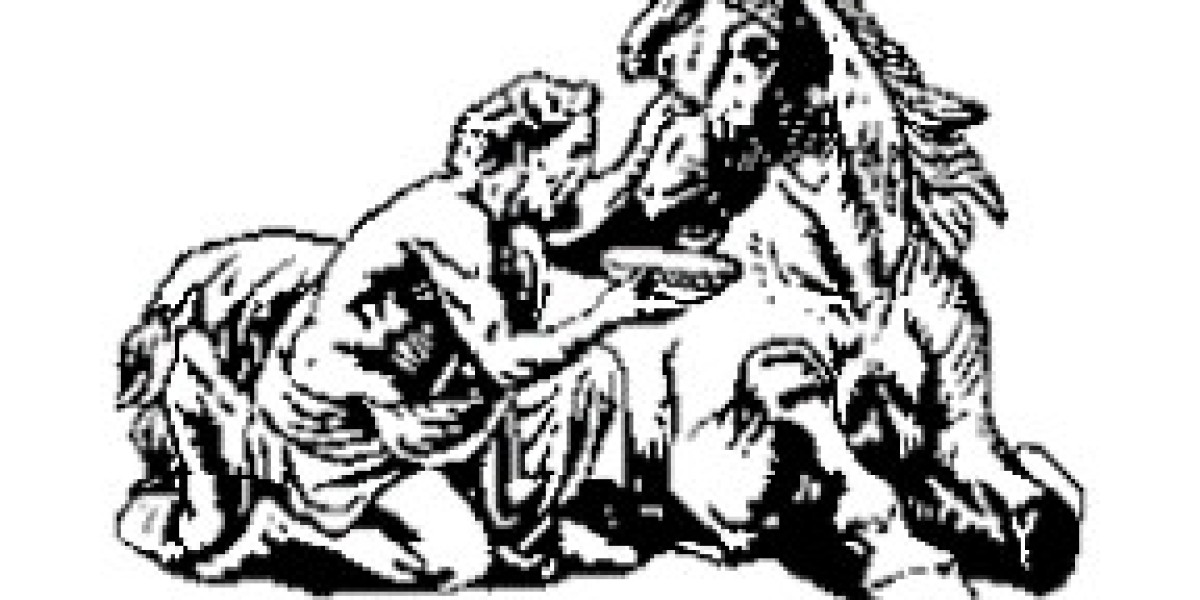Tail lifts are essential for the efficient and safe loading and unloading of goods from commercial vehicles. Whether you're operating a logistics fleet or a single delivery van, keeping your tail lift in optimal condition is crucial. In this guide, we’ll explore everything you need to know about tail lift repair, including common issues, signs of damage, repair processes, and preventative maintenance tips.
What is a Tail Lift?
A tail lift is a mechanical device permanently installed on the rear of a vehicle to facilitate the lifting of heavy loads to and from the cargo area. These devices are widely used in industries such as logistics, retail, construction, and waste management.
Tail lifts come in various types, including:
Column lifts
Cantilever lifts
Tuckaway lifts
Slider lifts
Each type serves specific applications, and like any mechanical system, they can fail or degrade over time.
Common Tail Lift Issues That Require Repair
Hydraulic Leaks
Hydraulic systems power most tail lifts. Leaks in hydraulic lines or cylinders can cause weak lifting or complete failure.Electrical Malfunctions
Worn wires, broken switches, or corroded connectors may lead to intermittent or no operation.Platform Damage
Physical damage to the lift platform—bends, cracks, or rust—can compromise safety and functionality.Lift Arm Wear and Tear
The mechanical arms that control the lift may experience wear or misalignment due to overloading or lack of lubrication.Faulty Safety Mechanisms
Non-functioning safety features like limit switches or interlocks can be dangerous and are legally required to be in working order.
Signs Your Tail Lift Needs Repair
Slow or jerky lifting motion
Unusual noises during operation
Platform doesn’t fully lift or lower
Oil spots under the lift (indicating a hydraulic leak)
Error codes on the control panel (if equipped)
Tail lift fails safety inspections
The Tail Lift Repair Process
Professional tail lift repair services generally follow this process:
Inspection and Diagnosis
A technician checks hydraulic, electrical, and mechanical systems to identify the root issue.Parts Replacement or Repair
Damaged components like hoses, fuses, or pistons are repaired or replaced. Some repairs can be done on-site; others may require workshop attention.Testing and Calibration
Once repairs are made, the lift is tested under load and recalibrated if necessary to ensure safe operation.Compliance Check
Repaired tail lifts are inspected to ensure they meet relevant health and safety standards (such as LOLER in the UK).
Mobile Tail Lift Repair Services
Many repair companies now offer mobile tail lift repair, minimizing vehicle downtime. These services dispatch technicians equipped to handle most issues directly at your location.
Benefits of mobile repair:
Faster turnaround
No towing required
Cost savings on transport
Less disruption to delivery schedules
Preventative Maintenance Tips
While repair services are sometimes unavoidable, regular maintenance can greatly reduce the likelihood of breakdowns:
Weekly visual inspections for oil leaks or rust
Monthly lubrication of moving parts
Battery and wiring checks to catch corrosion early
Hydraulic fluid level checks
Annual professional servicing
Why Professional Tail Lift Repair Matters
Attempting DIY repairs on tail lifts can be dangerous and may void warranties or violate safety regulations. Certified technicians:
Ensure compliance with national laws and standards
Have access to manufacturer-approved parts
Provide documented inspections for insurance and legal purposes
Choosing a Tail Lift Repair Service
When selecting a repair provider, consider:
24/7 availability
Response time
Mobile service options
Certification and licensing
Customer reviews and reputation
Final Thoughts
A malfunctioning tail lift can halt operations, cause costly delays, and present serious safety hazards. Understanding the signs of damage, repair processes, and maintenance requirements is key to keeping your lift running smoothly. For reliable, efficient, and safe tail lift repair, always consult with qualified professionals who specialize in commercial vehicle equipment.








